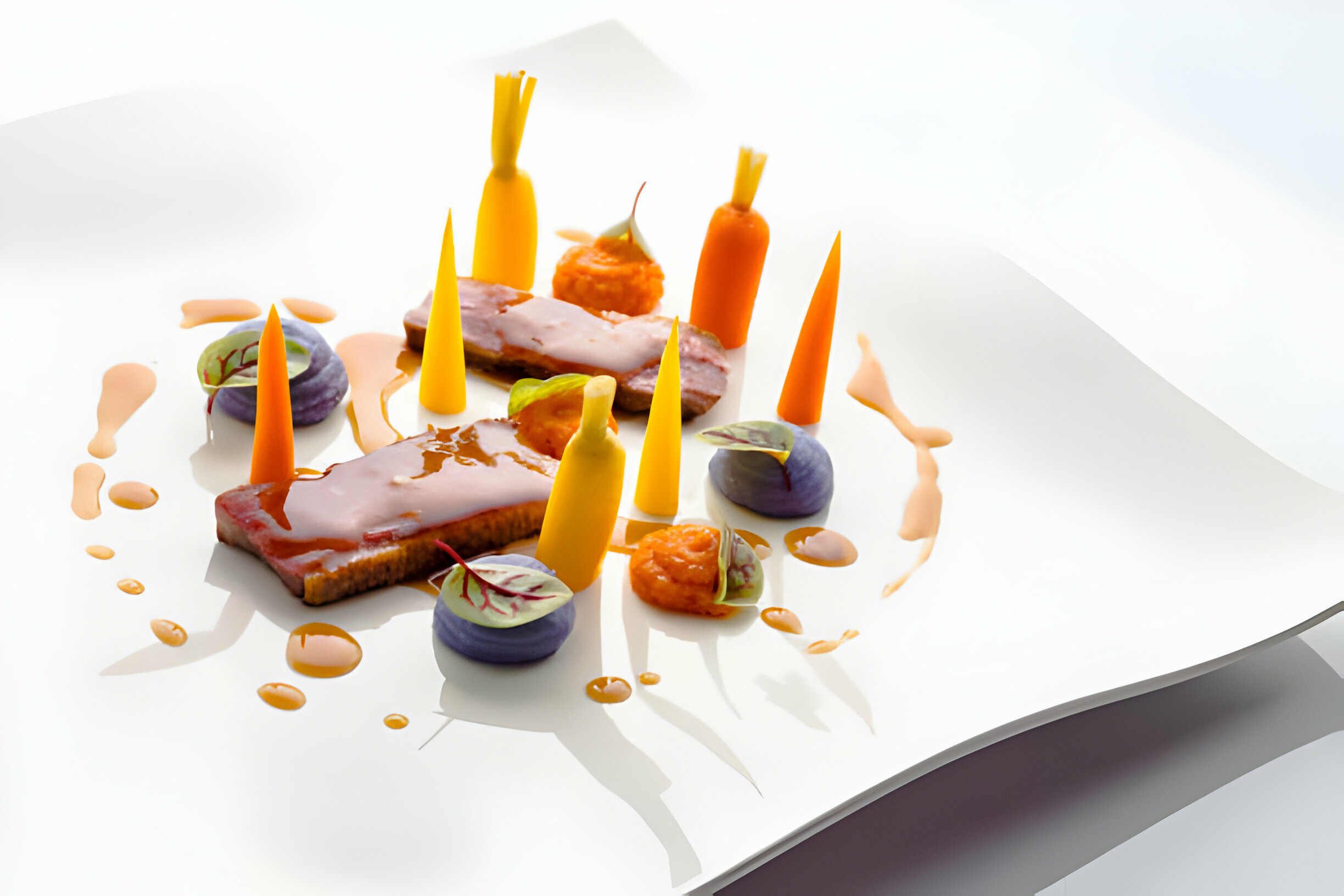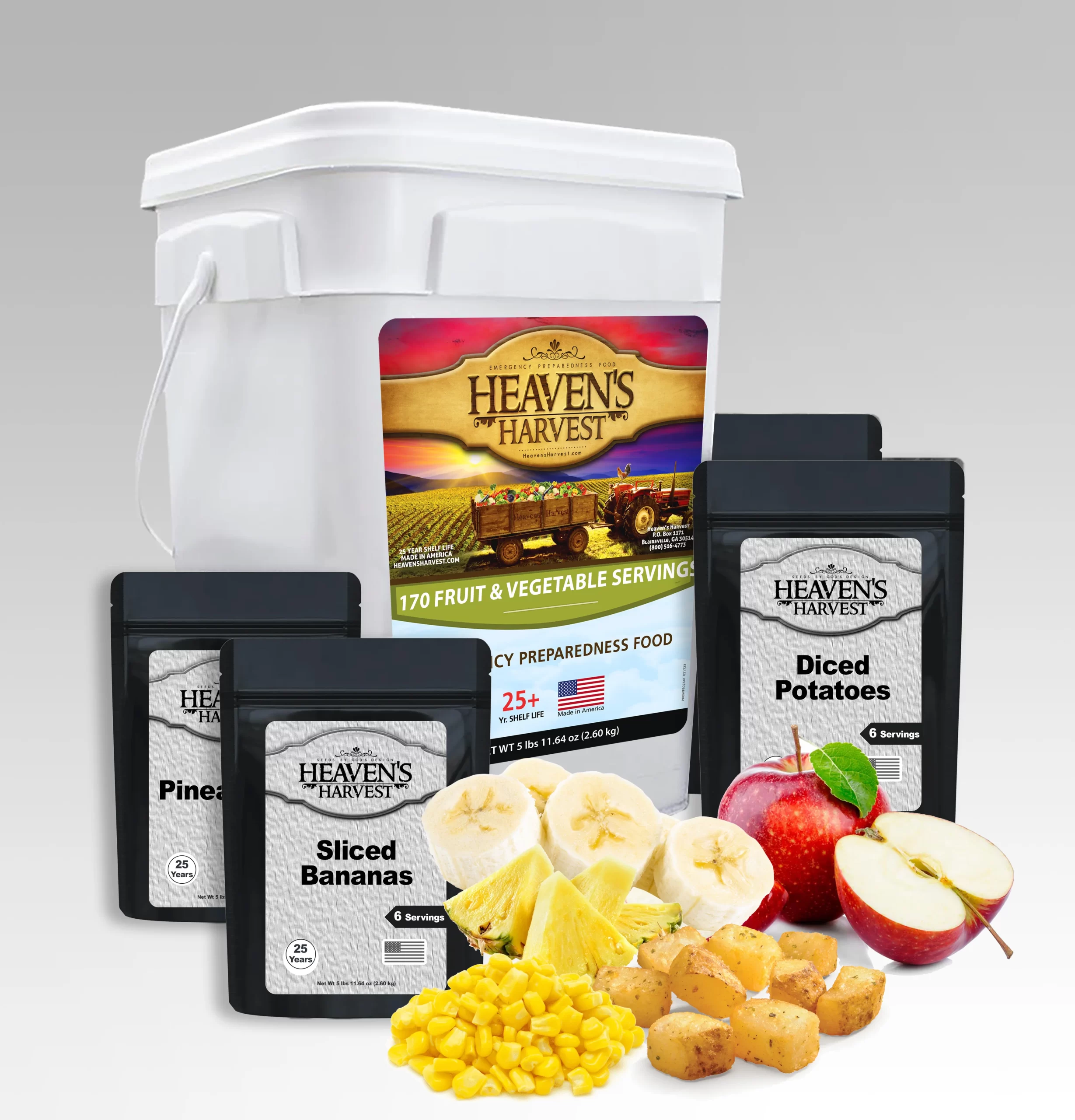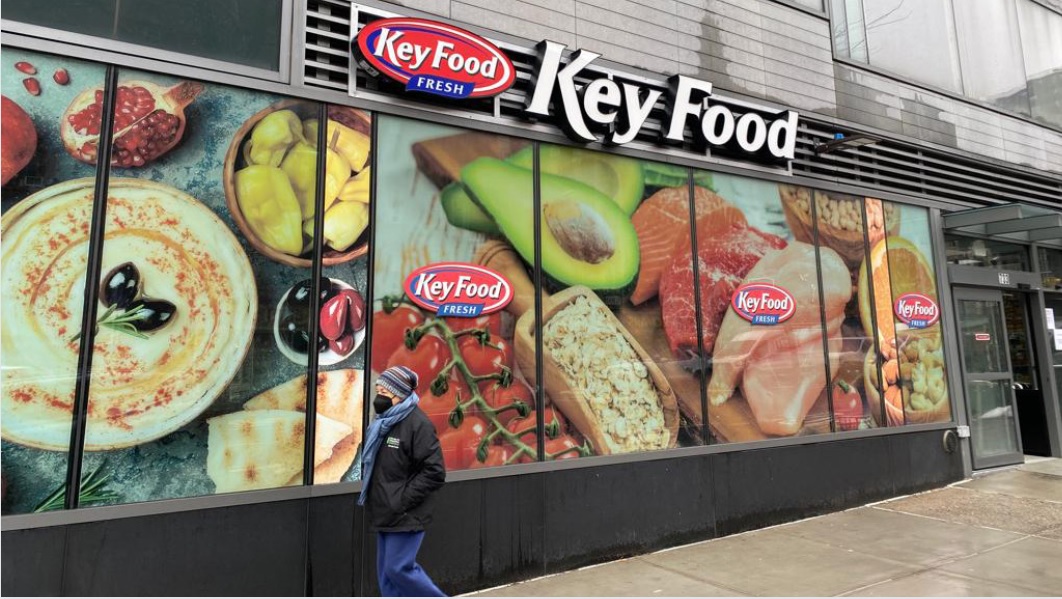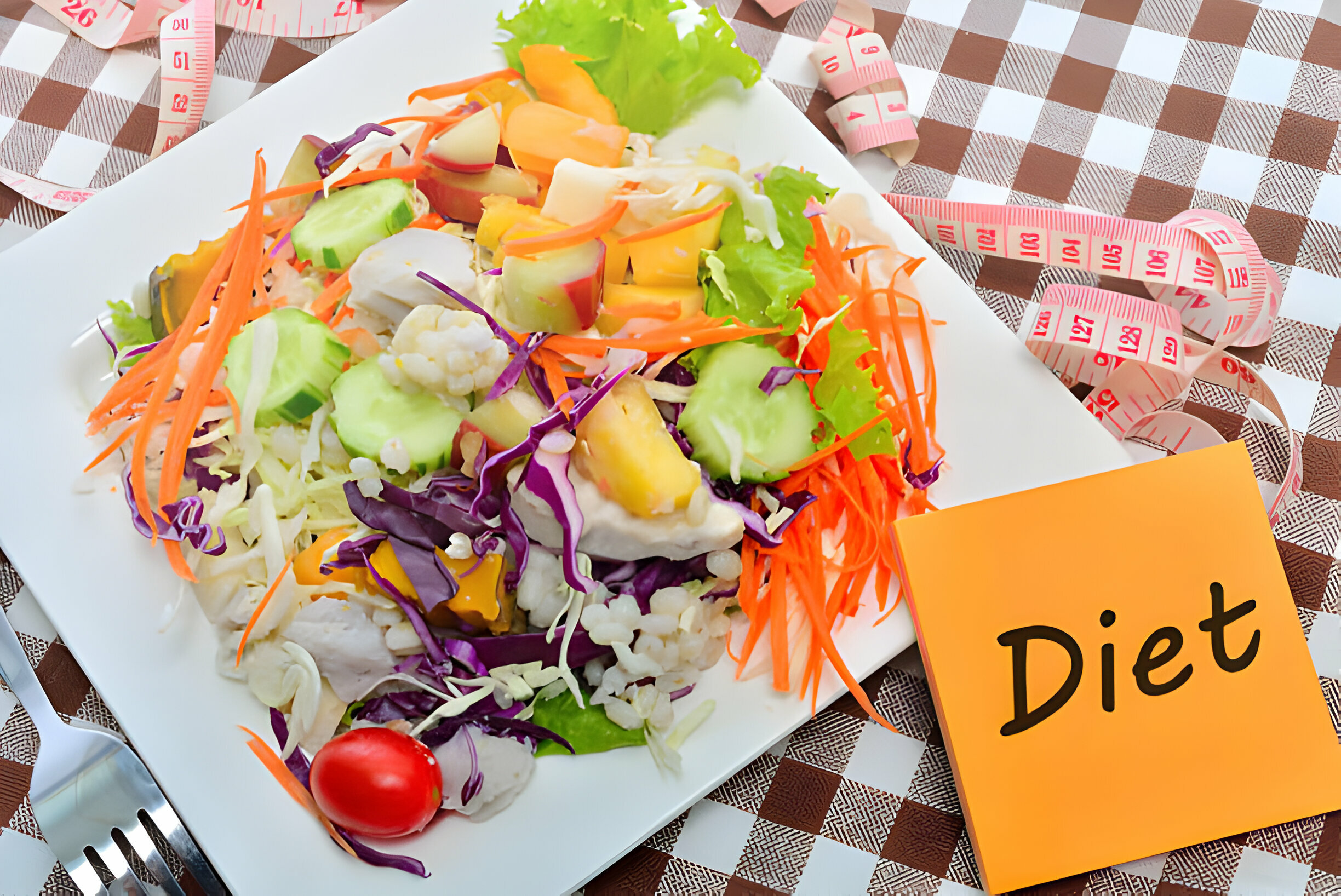Table of Contents
Explore the art of food presentation: techniques and tips to transform meals into visual masterpieces.
The art of food presentation stands as a pivotal aspect of the culinary world, transforming simple dishes into visual and gustatory masterpieces. This section will delve into the definition of food presentation, underscore its importance in the culinary realm, and explore the intrinsic link between a dish’s visual appeal and the taste experience it provides.
Elements of The Art of Food Presentation

Food presentation is composed of several key elements that work together to create a visually appealing plate. These include:
- Color: The use of a variety of colors to make the dish visually appealing and to indicate freshness and quality.
- Texture: Incorporating different textures to add depth and interest to the presentation.
- Shapes: The creative use of shapes can add an artistic touch to food presentation, making dishes more engaging.
- Balance: A visually balanced plate is more appealing and suggests a thoughtful composition.
- Contrast: Utilizing contrast in colors, textures, and flavors to make each element of the dish stand out.
- Garnishes: Thoughtful addition of garnishes can enhance both the decoration and flavor profile of a dish. Get More Info Food.
Techniques for Enhancing Food Presentation

Several techniques can elevate the The Art of Food Presentation of a dish, including:
Enhancing food presentation involves mastering a blend of techniques that elevate the visual appeal of dishes. Key methods include stacking ingredients to add height, layering for depth, and drizzling sauces artistically for a splash of color and flavor. Incorporating edible flowers and microgreens introduces a fresh, vibrant touch, while the strategic use of negative space on the plate can highlight the main components effectively. Props and unique serving dishes also play a crucial role, adding context and intrigue to the presentation. These techniques, when applied thoughtfully, can transform a simple meal into a captivating culinary experience, demonstrating the chef’s attention to detail and creativity in every bite.
- Plating Techniques: Stacking, layering, and drizzling techniques can add height, depth, and interest.
- Edible Flowers and Microgreens: These can add color, texture, and subtle flavors to a dish.
- Sauces and Purees: Used creatively, these can introduce vibrant colors and smooth textures.
- Plate Positioning and Negative Space: Careful arrangement and the use of negative space can enhance the aesthetic appeal.
- Props and Serving Dishes: The right backdrop and serving ware can complement and elevate the food presented.
Common Mistakes in The Art of Food Presentation

Avoiding certain pitfalls is crucial for effective food presentation:
- Overcrowding: Keeping the plate too busy can detract from the main elements.
- Messy Plating: Precision and cleanliness are key to a visually appealing dish.
- Unbalanced Composition: Each element should be proportionate and well-distributed.
- Inappropriate Serveware: The choice of dishware should complement the food being served.
- Lack of Finesse: Attention to detail and finishing touches can make a significant difference.
Health and Food Presentation
The health aspect of food presentation is twofold:
Health and food presentation go hand in hand, emphasizing the importance of visual appeal without compromising nutritional value. By prioritizing fresh, high-quality ingredients, chefs can ensure dishes are not only aesthetically pleasing but also beneficial for well-being. Incorporating a variety of colors from fruits and vegetables not only enhances the visual aspect but also ensures a range of nutrients are present. Additionally, mindful presentation can cater to dietary restrictions, making meals inclusive and enjoyable for everyone. This approach underscores the balance between beauty and health, proving that dishes can be both visually stunning and nutritionally rich, thereby elevating the dining experience to a holistic level.
- Hygiene and Cleanliness: These are paramount in food preparation to ensure safety and appeal.
- Quality Ingredients: Using fresh, high-quality ingredients not only enhances visual appeal but also taste.
- Aesthetic and Nutritional Balance: It’s important to balance visual appeal with the nutritional value of the dish.
- Dietary Considerations: Presenting food that takes into account dietary restrictions and allergies is increasingly important. See More Info Recipes.
Final Thoughts
The art of food presentation is a fundamental skill in the culinary arts, enhancing both the visual appeal and taste experience of a dish. This guide highlights the importance of mastering various elements and techniques of food presentation while also acknowledging common pitfalls. By prioritizing practice and experimentation, chefs and home cooks alike can significantly impact the overall dining experience, making each meal not just a nourishment but an event in itself.
FAQs:
What are the basic principles of food presentation?
The basic principles include color, contrast, balance, texture, and composition. Mastering these elements can turn a simple dish into a visual masterpiece, enhancing the overall dining experience.
How can I improve my food plating skills?
Practice is key. Start with simple designs and gradually incorporate more complex techniques like layering, using negative space, and adding garnishes. Watching tutorials and attending workshops can also be beneficial.
What tools do I need for professional food presentation?
Essential tools include plating tweezers, sauce spoons, piping bags, and a set of good knives. These tools help in placing elements precisely and adding detailed touches to your dishes.



